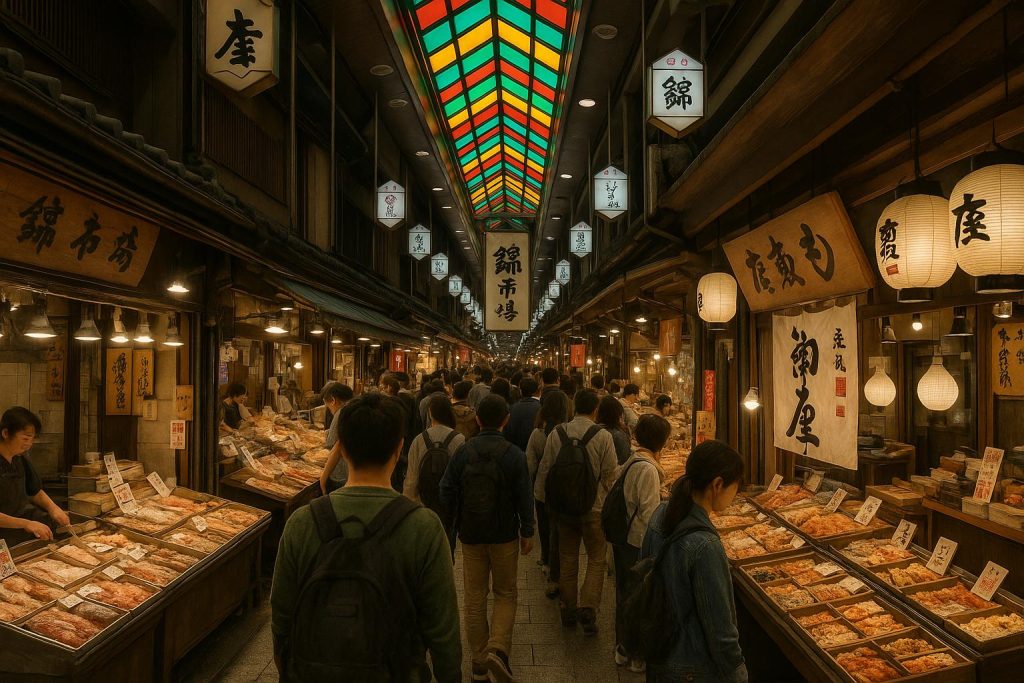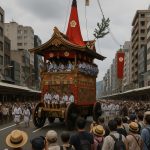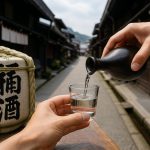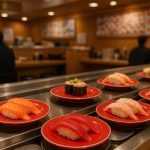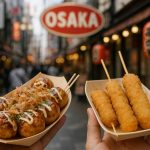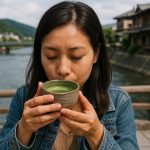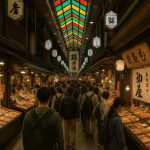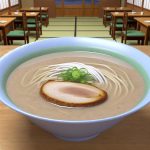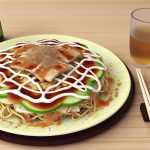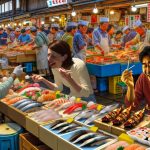Introduction to Nishiki Market
Nishiki Market, located in the heart of Kyoto, Japan, is a vibrant shopping street known for its diverse range of food products, kitchenware, and traditional Japanese goods. Spanning approximately five blocks, it has earned the nickname “Kyoto’s Kitchen” due to its extensive offerings and significance in the local culinary scene.
Historical Background
The market has a rich history dating back over 400 years. Initially, it started as a fish wholesale district during the early Edo period (1603-1868). Over time, it evolved to include a vast array of shops selling not only seafood but also fresh produce, pickles, sweets, and various other culinary ingredients that define Kyoto’s distinct cuisine.
Navigating Nishiki Market
The market extends along Nishikikoji Street, which is a narrow pedestrian passageway. Visitors will find that the market is easily accessible by foot. Each side of the street is lined with stalls and shops, making it an immersive experience for anyone keen to explore traditional Japanese food culture. The market is well-labeled, with many vendors speaking some English, thereby easing the shopping experience for international tourists.
Main Attractions
Among the many offerings at Nishiki Market, visitors will encounter several noteworthy attractions:
Fresh Seafood: Despite its inland location, Kyoto provides an impressive selection of seafood, reflecting its historical position as a fish market. Visitors can enjoy a variety of seafood, from fresh sashimi to grilled shellfish, showcasing a fusion of flavors that highlight the region’s rich maritime connections. Many stalls offer seafood prepared in both traditional and contemporary styles, catering to a range of palates.
Japanese Sweets: Traditional confections, known as wagashi, often come in a variety of shapes and colors, capturing the essence of Japanese craftsmanship. These sweets are intricately crafted using ingredients such as sweetened red bean paste, rice flour, and seasonal fruits, making them a treat not only for the taste buds but also for the eyes. Visitors can observe the detailed process of wagashi-making at some of the stalls and even purchase boxed assortments to take home.
Pickles (Tsukemono): Kyoto is especially known for its pickles made using local vegetables. These are not only a staple in the local diet but are also considered a key ingredient in creating a balanced Japanese meal. Pickles in Nishiki Market range from tangy umeboshi (pickled plums) to the crunchy, subtly flavored pickled cucumbers. Sampling an array of pickles provides a unique insight into the preservation techniques that have been refined over centuries in Kyoto.
Spices and Seasonings: Various spices, including Kyoto’s own shichimi (a seven-flavor chili pepper mix), are available, providing visitors with the chance to take a piece of Kyoto’s flavor home. These spice blends are carefully formulated to enhance the natural flavors of dishes and are often sold in decorative packaging, making them perfect gifts for culinary enthusiasts. Cooking demonstrations sometimes take place at spice shops, where vendors offer tips on how to use these flavors in everyday cooking.
Cultural Significance
Nishiki Market is more than just a shopping street; it is a cultural hub that offers a glimpse into Kyoto’s traditional lifestyle. As visitors wander through the market, they witness the seamless blend of past and present, where age-old culinary secrets are preserved while embracing modern influences. The market acts as a melting pot where locals and tourists come together, sharing in the joy of selecting ingredients and savoring snacks that have stood the test of time.
Seasonal events and festivals often take place within the market, showcasing Kyoto’s rich cultural heritage. Whether it is a demonstration of mochi pounding to celebrate the New Year or the vibrant lantern displays during the Gion Festival, Nishiki Market provides an authentic setting for such experiences. Even on a regular day, the friendly banter between shopkeepers and patrons adds a layer of authenticity and warmth to the bustling atmosphere.
Supporting Local Businesses
By visiting Nishiki Market, patrons are not only indulging their taste buds but also supporting local businesses that have been passed down through generations. Many of the shops are family-owned, and the passion for their craft is evident in the quality of their products. Each purchase made at the market contributes to the livelihood of local producers, ensuring that these traditional practices endure. The relationships built between vendors and customers foster a sense of community and reinforce the importance of sustaining local economies.
Practical Information
Nishiki Market typically operates from 9 AM to 6 PM, though opening hours may vary depending on the individual shop. Visitors are advised to go in the early hours if they wish to avoid crowds, especially during weekends and holiday seasons. With its central location, the market is conveniently accessible from numerous tourist attractions in Kyoto, making it an ideal stop during a day of exploring the city.
Before visiting, it is advisable to carry some cash, as many smaller vendors may not accept credit cards. Sampling the various food offerings is a popular activity among visitors, so it is recommended to arrive with an empty stomach. Engaging directly with vendors provides an opportunity to learn more about the products and even receive recommendations on how to enjoy them.
Conclusion
Nishiki Market stands as a notable point of interest for anyone looking to experience the authentic tastes and sights of Kyoto. With a wide variety of goods that embody the cultural richness and culinary traditions of Japan, visitors can engage with local foods in a setting that marries historical significance with the vibrancy of modern-day Kyoto. Exploring Nishiki Market is not just about shopping; it is about immersing oneself in a sensory journey that celebrates the art of Japanese cooking, the dedication of its artisans, and the timeless beauty of Kyoto’s heritage.
For further planning and exploration, consider visiting the official Kyoto tourism website for more information.

